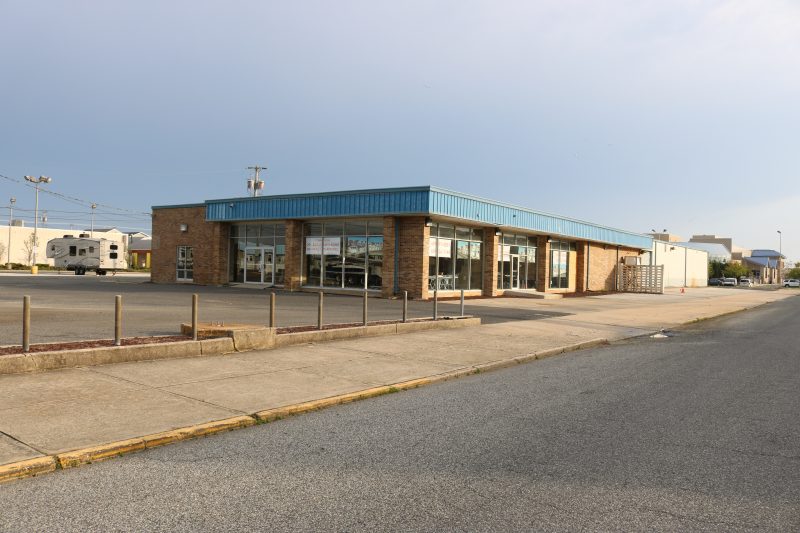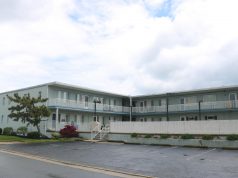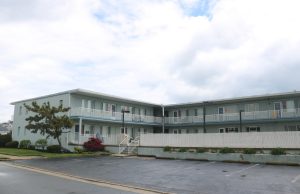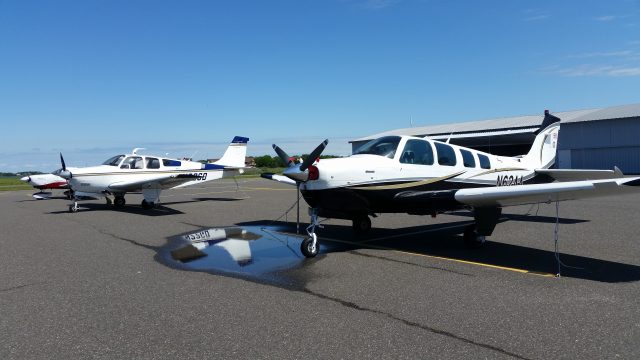
By DONALD WITTKOWSKI
Ocean City and the Federal Aviation Administration are planning to install artificial turf at the municipal airport.
Well, if you think that sounds like a bird-brained scheme, think again. Actually, the artificial turf is part of a plan to outwit the seagulls and other birds that congregate at the airport and create a potential danger for planes.
“The biggest thing is safety. It keeps the birds away, so birds and planes don’t mix,” Mayor Jay Gillian told members of City Council during their meeting Thursday night.
The city is receiving a $618,764 grant from the FAA to install artificial turf in different areas of the airport, including both ends of the runway. The artificial turf will discourage birds from grazing next to the runway or making the bayside property their home.
City Business Administrator George Savastano explained that birds prefer natural grass, so by installing artificial turf near the runway the hope is that they will go elsewhere.
“Birds want to eat grass. They won’t graze on artificial turf,” Savastano said in an interview after the Council meeting.
Collisions between birds and planes are relatively common at airports nationwide. FAA statistics show that planes collided with wildlife, primarily birds, an average of more than 40 times per day in 2018.
In 2009, US Airways Flight 1549 struck a flock of geese just after takeoff from New York’s LaGuardia Airport and lost power after the birds were sucked into the jet engines. The pilots glided the airliner into the Hudson River in what became famously known as the “Miracle on the Hudson” because everyone on board was saved.
Savastano said he was unaware of any bird strikes involving planes at the Ocean City Municipal Airport.
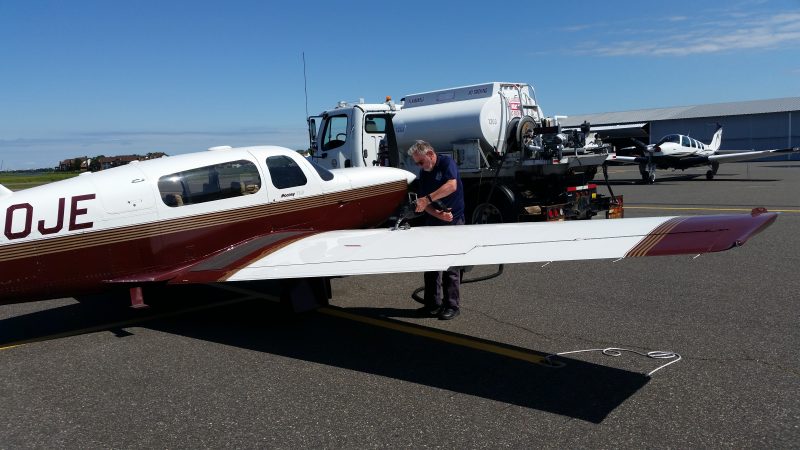
The FAA grant stems from a test of artificial turf conducted at the airport in 2004. The second phase of the project calls for artificial turf to be installed 45 feet beyond both ends of the runway and at another section on the northwest side of the airport overlooking the bay, Savastano said
The work is expected to begin in December or January, he noted.
During the public comment portion of the Council meeting, Donna Moore, an Ocean City resident and local environmental advocate, said she supported efforts to make the airport safer from bird strikes.
But she expressed concern over the possibility of particulates, such as rubber or small pellets, used as infill for artificial turf seeping into the bay and wetlands surrounding the airport.
Savastano told Moore that he did not believe that particulates would be used in this type of artificial turf, but said he would have to check to confirm it.
The airport’s expansive grounds next to the bay and marshlands make it a natural gathering spot for seagulls and other shore birds.
Built in 1935, the airport’s claim to fame is that it is the only one in New Jersey located on a barrier island, giving tourist-dependent Ocean City another way to draw visitors to the beach resort.
The airport is only a few blocks from the beach. During the summer, it is common to see pilots and their families get off their planes toting their beach chairs and umbrellas.
Overall, the airport handles about 1,400 planes each year, with about 80 percent of the traffic arriving in the summer, the facility’s manager said last year.
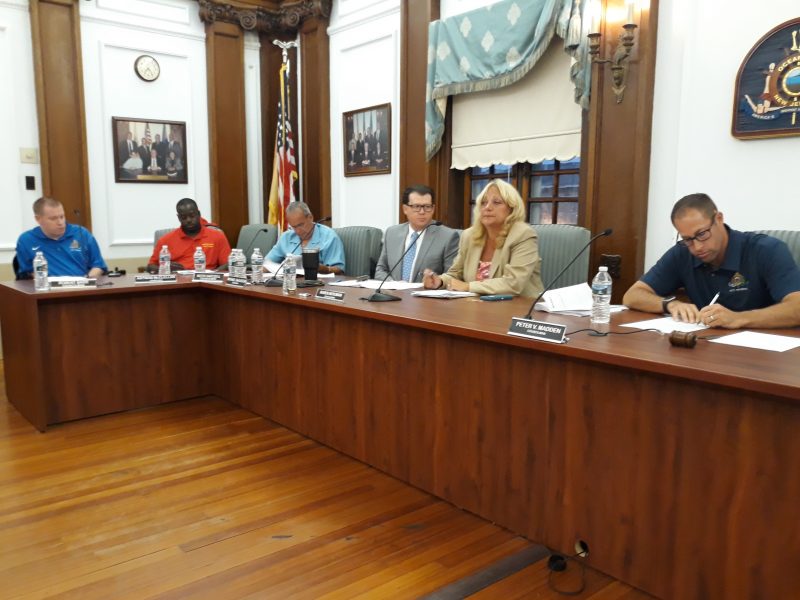
In other business at Thursday’s meeting, Council gave final approval to a zoning ordinance that is related to the city’s plan to either buy or condemn a large tract of privately owned land that it has been trying to acquire for the past year.
The property is bordered by Simpson and Haven avenues between 16th and 17th streets and formerly served as the location of a now-defunct Chevrolet dealership.
Liz Woods, a city attorney, explained that the only property affected by the new zoning ordinance is the parcel the city hopes to acquire.
The ordinance eliminates a requirement for vehicular access from an alley or driveway at the rear of all new lots that are developed with single-family homes in a zoning area known as the “Drive-in Business Zone.”
The land owners, brothers Jerry and Harry Klause, were granted preliminary Ocean City planning board approval earlier in the year to develop 21 single-family homes on the site.
The city hopes to reach a deal with the Klause brothers for the land. City officials want to preserve the property as public space to protect it from densely packed housing construction that would add to the town’s overdevelopment.
